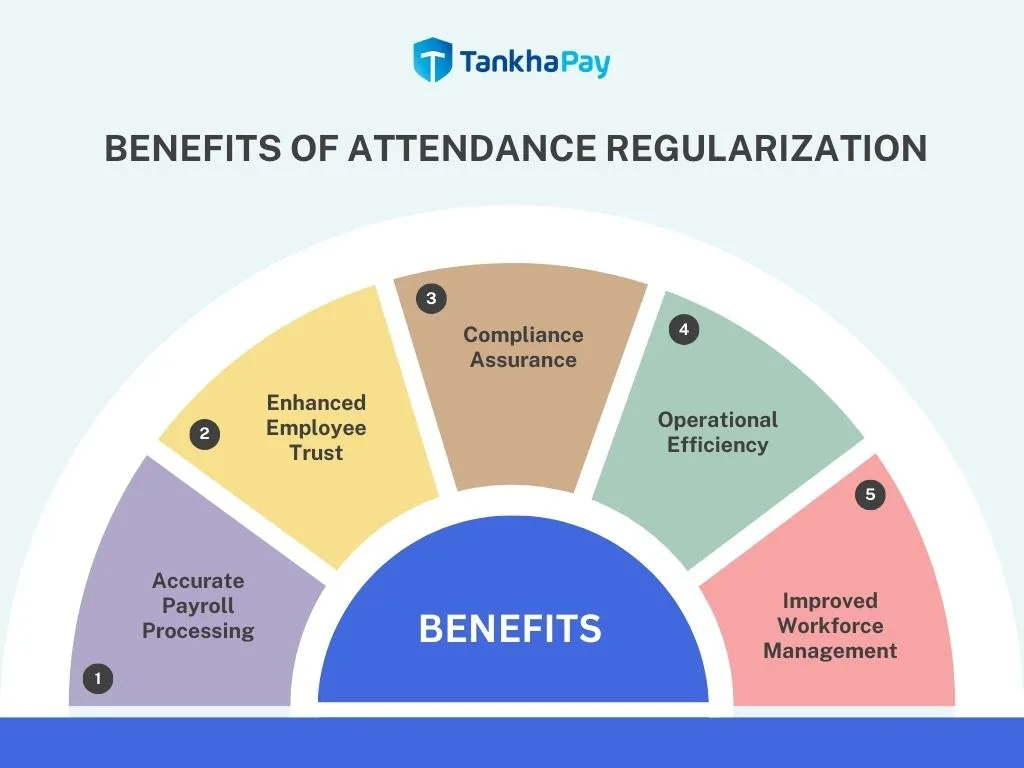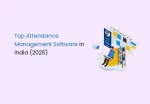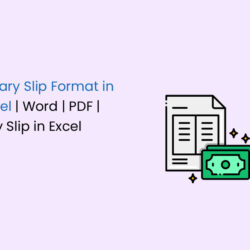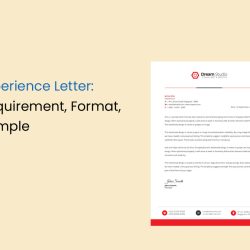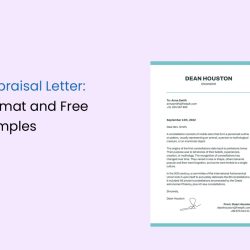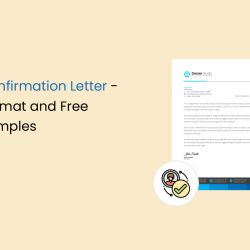It’s quite normal for employees to sometimes forget to punch in or out due to some technical glitch in their attendance device or unavailability that affects their attendance records. Though these situations are unintentional, it can lead to inaccuracies if not addressed to HR. Where the process of attendance regularization becomes necessary – it provides the employees a proper way to correct missed or correct wrong entries. With a proper system in place, organizations are capable of maintaining an accurate record for anyone without a stressful process.
The blog will explore the meaning of attendance regularisation, how to regularise attendance, and why it’s an essential part of any modern attendance management system. Furthermore, we’ll also discuss its role in efficient workforce management and how businesses can streamline this process using digital tools.
What is Attendance Regularization?
Attendance regularisation refers to the process by which employees can correct or update their attendance records when there are inaccuracies or discrepancies. It typically applies to cases where someone forgets to check in or out, has to take unplanned leave, or when a system glitch leads to missing attendance data. Understanding attendance regularisation meaning is key to maintaining regular attendance and ensuring payroll and leave records remain accurate.
What are the reasons for the regularization of attendance?
There are several scenarios where the need to regularise attendance arises:
- Missed Punch-ins/ Outs: Often due to forgetting to log time or technical issues.
- System Errors: Glitches in the attendance management system can result in missing records.
- Unapproved or Emergency Leave: Employees might have to take sudden leave that hasn’t been formally approved.
- Sick Leave: Unplanned health-related absences may require backdated leave regularisation.
- Remote Work or Field Duty: Manual entries might be required if employees are working off-site without access to attendance devices.
Process of Attendance Regularization
The attendance regularisation application process typically follows these steps:
- Accessing the Portal: Employees log into the HR or attendance management system.
- Filing a Request: The employee submits a regularisation request with the relevant dates, reasons, and supporting documents (if needed).
- Manager/ HR Review: The supervisor or HR department reviews the request.
- Approval or Rejection: Based on the validity of the request, it’s either approved or rejected, and records are updated accordingly.
This structured approach makes sure of less manual interference and better workforce management overall.
Importance of Timely Attendance Regularization
It is very important to submit attendance regularisation requests on time to maintain correct attendance and payroll records. If employees delay submitting their requests, it may lead to discrepancies in salary processing, incorrect leave deductions, or even compliance issues.
Most organisations specify a fixed time frame—such as 2 to 5 working days—within which employees must regularise missed or incorrect attendance. On-time action helps HR managers to verify and process these requests more efficiently. This ensures less disruption to payroll cycles and employee benefits.
Benefits of Attendance Regularization
HR managers agree that there are various benefits like-
- Accurate Payroll Processing: Tracking attendance is a regular arrangement to eliminate salary variation due to regular attendance records.
- Enhanced Employee Trust: Attendance regularisation makes sure of transparency and fairness in time tracking.
- Compliance Assurance: Helps organisations meet legal obligations related to working hours.
- Operational Efficiency: Reduces time spent by HR on manual corrections.
- Improved Workforce Management: Enables better planning and allocation of human resources.
Common Scenarios for Attendance Regularization
This section will discuss some of the frequent or common situations where tracking attendance is necessary:
Sick Leave Regularization
After taking sick leave, employees need to regularize their appearance, especially when the disease has to be encountered suddenly, and they cannot apply in advance. In such a situation it helps to ensure that their absence is not unauthorized.
Unapproved Leave
Sometimes, employees are not present for work for personal or urgent reasons without formal approval. Regularisation allows them to provide a valid reason afterwards and avoid penalties or pay deductions.
System Glitch
System bugs or device malfunctions may result in missing clock-in or clock-out data. These require manual correction via regularisation to maintain accurate records.
Overtime Regularization
If an employee works beyond regular hours but the extra time isn’t logged, they may request regularisation so the overtime is accounted for in payroll or compensatory leave.
Difference between Leave Application and Attendance Regularization
| Leave Application | Attendance Regularisation |
|---|---|
| A leave application is submitted before taking time off. | Attendance regularisation is used after an unplanned absence or when there is an issue in recorded attendance. |
| Absences like holidays, casual leave, or maternity leave. | Missed punch-ins, sudden sick leave, or a system error are common reasons. |
| It requires prior approval from managers or HR. | It serves to correct or update past attendance data to reflect the actual work situation. It also requires approval from managers or HR with supporting evidence. |
Role of Managers and HR in Approving Attendance Regularization
Typically, employee attendance applications are reviewed and approved by:
- Reporting managers verify if the employee was actually present or had a valid reason.
- HR Departments ensure that absenteeism compliance with internal policies.
- Automated Systems: In some organisations some requests are auto-approved due to pre-set rules.
This approval hierarchy helps maintain both flexibility and control.
Best Practices for Effective Attendance Regularization
To manage the process smoothly, organisations should follow these best practices:
- Define Clear Policies: Clearly outline what constitutes valid grounds for regularisation.
- Set Deadlines: Limit how long after the incident an employee can apply for regularisation.
- Use Automation: Implement a digital attendance management system with built-in approval workflows.
- Keep Records: Maintain an audit trail for transparency and accountability.
- Train Employees: Educate staff on how to apply for regularisation correctly.
Challenges of Attendance Regularization
With various benefits, HR professionals face some challenges in managing regularisation:
- Overuse or Abuse: Employees might use regularisation too often, reducing its effectiveness.
- Delayed Approval: Delayed approvals may have an impact on payroll processing.
- Lack of Supporting Evidence: With no supporting proof, reporting managers may find it quite challenging to validate requests.
- System Dependence: Organisations without a digital system will eventually struggle with tracking and processing requests efficiently.
Prevention of such challenges requires a combination of technology, clear policies and good communication.
The Role of Attendance Regularization in Payroll Accuracy
Accurate payroll processing depends on accurate attendance records. Failing to keep accurate attendance records can lead to unexpected pay cuts or loss of salary. This not only impacts employee satisfaction but also increases the affects on HR teams who have to manually correct the errors.
Attendance regularization ensures that such anomalies are resolved on time, and the parole calculation reflects the actual working hours.
Organisations can rapidly reduce errors, eliminate unnecessary salary deductions and streamline salaries by integrating attendance data with payroll systems.
Integration of Attendance Regularization with Payroll Systems
HR tech solutions enable seamless integration between attendance regularisation modules and payroll systems. When an employee’s attendance is updated through regularisation, the change is automatically reflected in salary calculations, overtime adjustments, and leave balances.
This integration put an end to the need for manual intervention and payroll errors. This will eventually help HR and finance teams view updated attendance records in real-time, making sure salaries are based on correct information.
Impact of Attendance Regularization on Employee Morale
To maintain employee morale, it is very crucial to have a fair and transparent tracking attendance process. When employees know they can correct honest mistakes—such as forgetting to punch in, technical glitches, or urgent personal situations—it fosters a sense of trust and psychological safety.
On the contrary, rigid or unclear regularisation policies can create frustration and dissatisfaction. Employees may feel penalised for circumstances beyond their control, which could lead to disengagement and lower productivity. Providing a user-friendly system and a well-defined policy helps build a positive work culture.
Attendance Regularization in Remote and Hybrid Work Models
Remote and hybrid modes of working have now become the norm, and so traditional attendance tracking methods have become less effective. Employees often work flexible hours from various locations and may miss logging their time due to connectivity issues or varying schedules.
Attendance regularisation becomes essential to ensure that employees are not unfairly marked absent in such situations. With the rapidly growing tradition of virtual employee, organizations should adopt a comfortable system that will allow them to regularize the attendance through online portal or mobile app. This work ensures transparency, clear accountability and accurate tracking regardless of the location.
Legal and Compliance Aspects of Attendance Regularization
Labour laws in India and other countries require employers to keep accurate and clear records of employee attendance. Mistakes in recording attendance can lead to non-compliance with laws related to minimum wages, overtime payments, and employee working hours.
A structured attendance regularisation process helps mitigate such risks. Every regular entry leaves a record, which helps the institution to follow legal rules. Also, this will reduce the chances of any difference related to deductions of leave or unpaid days, which makes both employers and employees safe.
Role of Attendance Regularization in Dispute Resolution
Anomalies and errors in attendance can sometimes cause a dispute over salary deduction, unpaid leave or bonus eligibility. In such cases, the well-documented attendance regularization data helps with a verified record of the employee’s working appearance and the reasons for any corrections.
Attendance Regularization requests help eliminate mistakes between employees and HR or parole teams. This ensures transparency, is capable of preventing unwanted salary deductions and strengthens confidence within the organization.
Customising Attendance Regularization in accordance with the Organisation’s Policies
A very comfortable and clearly defined policy of regularization policy ensures continuity when taken to real exceptions.
Key elements to include:
- Types of acceptable reasons (e.g., sick leave, official duty, system errors)
- Timeframes for submitting regularisation requests
- Approval hierarchies (line manager, HR, admin)
- Limits on the number of monthly requests
- Supporting documents where required
Tailoring policies in this way ensures fairness while maintaining discipline.
Real-Life Examples of Attendance Regularization Scenarios
To understand how the attendance regularization works in practical circumstances, some logical landscapes are given here:
- Missed Punch Due to Site Visit: An employee forgets to mark attendance during an off-site client visit. They later regularise it by selecting “on-duty” as the reason and uploading a meeting invite as proof.
- Sudden Sick Leave: An employee becomes ill and fails to inform their team in time. Upon return, they submit a regularisation application with a medical certificate for approval.
- Time-Tracking System Error: A server error causes several employees’ login records to disappear. HR notifies them to submit bulk regularisation requests, which are processed together with IT confirmation.
These scenarios show the importance of a flexible, system-supported approach to attendance regularisation.
How TankhaPay can help with Attendance Regularization?
TankhaPay is a smart and user-friendly platform designed to simplify HR and attendance management for all sizes of businesses. Features like missed punches and deviation helps HR teams easily identify and correct missed entries or deviation from regular attendance patterns. HR teams using this will find that there are less errors which speeds up attendance regularisation, and ensures that records remain accurate and reliable.
Frequently Asked Questions (FAQs)
How can employees apply for attendance regularisation?
By logging into their company’s attendance management system and filling out an attendance regularisation application with relevant details and supporting reasons.
What are the common reasons for attendance regularization requests?
Common reasons include missed punches, sick leave, system issues, or unplanned leave without prior approval.
How long does it take for an attendance regularization request to be approved?
This depends on internal policy. Usually, requests are reviewed within 1–3 working days by the reporting manager or HR.
Can repeated attendance regularization affect an employee’s performance or payroll?
Yes, frequent requests may be seen as a lack of discipline and could affect appraisals or lead to closer monitoring by HR.



